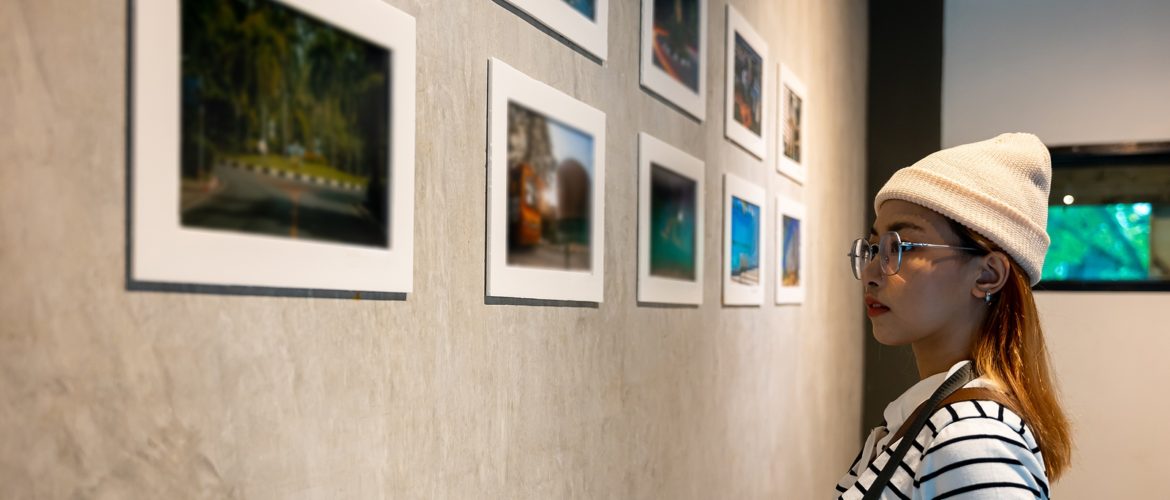Tips on Writing Engaging and Informative Exhibition Texts

Writing exhibition texts is an art form in itself. The introduction text is one of the first things you see when you enter the exhibition hall. It is meant to guide the audience through the installation and to help them understand the intention behind the artwork. Art curators, people who usually write exhibition texts, are responsible for a successful presentation of the artist and their creation. With all of that in mind, how does one write engaging texts about art?
How to Write Exhibition Texts that Capture the Audience’s Attention
1. Keep it short and sweet
While you might be an expert in the career of an artist you are writing about and know everything about them, an exhibition text is not the best place to showcase that. Try to keep it short and brief but also professional. Demonstrate your knowledge in the area by being precise and to the point.
2. Focus on the essential
What are the things the audience should absolutely know about the artist and their work? Is there something in their biography that will provide important background to the exhibition? What are the mediums the artist works in, and why? Finally, and most importantly, what is the ‘big idea’ of the exhibition? Try to explain the artist’s intention in simple terms in the opening paragraph and then expand on it if needed.
3. Follow the basic structure
Exhibition texts are often structured like a pyramid. On top of it is the title of the exhibition. Then follows something art curators call the ‘big theme’ — the main motif binding the entire installation together. After that, smaller groups of items and sub-themes can be introduced. Individual pieces with their unique meanings and labels come in the end.
4. Learn from others
This applies to many types of writing, as well as art in general. Reading texts in the galleries you visit and noticing the things you like about them can help you improve your writing style.
5. Never stop growing
This tip concerns not only your writing abilities but also your knowledge of art history. Your job is not just to write about one specific exhibition; you also need to see tendencies and trends, spot influences, and highlight innovation. It is impossible to do those things without conducting research first.
If you are a future art curator, we hope this article was somewhat useful to you. You can use these tips to start and then develop your own system that will work best for you. Stay passionate, work hard, and good luck!
